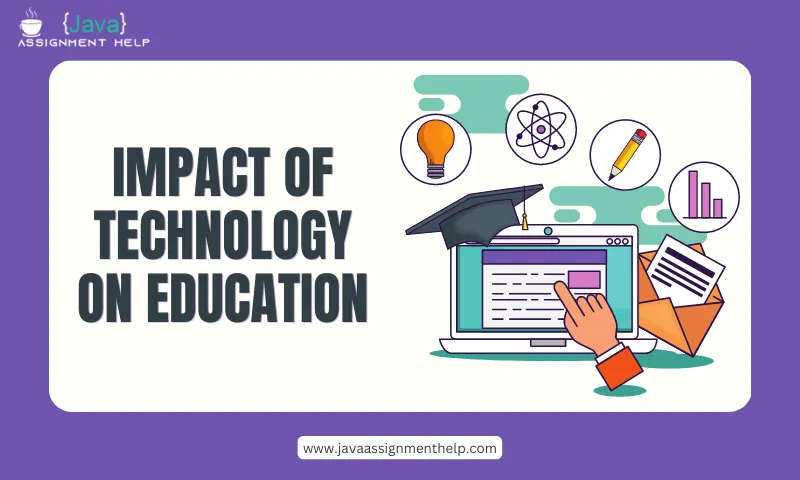Introduction
Language is a powerful tool for communication, connecting people across the globe and facilitating the exchange of ideas, cultures, and experiences. However, this beautiful diversity of languages also presents a significant challenge – the need for translation. The art of translation has been pivotal in bridging linguistic gaps, but it comes with its own set of complexities and nuances. In this linguistic analysis, we will explore the challenges faced in the world of translation and the innovative solutions that have emerged to overcome them.
The Challenge of Linguistic Diversity
Languages are incredibly diverse, with thousands of unique tongues spoken around the world. From widely spoken languages like English, Spanish, and Mandarin to lesser-known regional dialects, each language carries its own set of cultural, historical, and linguistic intricacies. These differences make the task of translation a formidable one.
One of the primary challenges in translation is preserving the nuance and cultural context of the source language while ensuring clarity and understanding in the target language. This requires translators to be not just bilingual but bicultural, as a deep understanding of the culture behind the language is often necessary to convey the intended meaning accurately.
The Pitfalls of Literal Translation
Literal translation, a method that attempts to translate each word and phrase directly, can often lead to misunderstandings and confusion. Languages do not always have direct equivalents for every word, idiom, or cultural reference. For example, translating an English idiom like “raining cats and dogs” directly into another language might leave the reader perplexed.
To tackle this challenge, translators need to employ creative strategies like paraphrasing, adapting idiomatic expressions, and finding culturally relevant alternatives to ensure the message is conveyed effectively.
The Rise of Machine Translation
The digital age has brought about a revolutionary development in the world of translation – machine translation. Platforms like Google Translate and DeepL use artificial intelligence and machine learning algorithms to translate text from one language to another in real-time.
While machine translation has made significant strides in recent years, it still struggles with the complexities of human languages. It excels in translating straightforward sentences but often falters when dealing with nuances, idioms, and cultural references. Therefore, it cannot replace the human touch required for translating complex documents, literature, or marketing materials.
The Importance of Context
Context plays a pivotal role in translating accurately. The same word or phrase can have multiple meanings depending on the context in which it is used. For instance, the word “bark” can refer to the sound a dog makes or the outer covering of a tree, and the appropriate translation depends on the context.
Translators must be acutely aware of the context and employ their linguistic and cultural knowledge to choose the most fitting translation. This often involves research and consultation to ensure that the intended message is accurately conveyed.
Cultural Sensitivity and Appropriateness
Language and culture are inseparable, and translations must reflect this relationship. Translators must be sensitive to cultural nuances and differences, ensuring that their translations are not offensive or disrespectful. This is particularly crucial in marketing and advertising, where a poorly translated message can damage a brand’s reputation.
For example, the color white represents purity and innocence in Western cultures but is associated with mourning in some Asian cultures. An insensitive translation choice could lead to unintended negative connotations.
The Role of Technology in Translation
While machine translation has its limitations, technology has still played a significant role in assisting human translators. Translation software and tools help streamline the translation process, offering features like translation memories, glossaries, and terminology databases to ensure consistency and efficiency.
Additionally, video and audio transcription services have become essential in translating spoken content. These tools not only transcribe spoken words but also offer the option for simultaneous translation, making it easier to bridge language barriers in real-time.
The Future of Translation
As technology continues to advance, the field of translation is poised for further innovation. Machine learning and artificial intelligence are becoming increasingly sophisticated, offering the potential for more accurate and context-aware translations. However, human translators will remain invaluable for tasks that require cultural understanding, creativity, and nuanced linguistic analysis.
In a rapidly globalizing world, the art of translation remains essential in fostering understanding and cooperation among diverse cultures and languages. While challenges persist, solutions continue to evolve, ensuring that the beauty and richness of language can be shared and appreciated by people worldwide.
Conclusion
The art of translation is a complex and ever-evolving field that plays a crucial role in our interconnected world. While linguistic diversity and cultural differences present formidable challenges, human and technological solutions are continuously adapting to bridge these gaps.
As we move forward, it’s essential to recognize the value of both human expertise and technological advancements in translation. Together, they enable us to communicate across borders, preserve cultural heritage, and appreciate the beauty of languages from around the world. In this linguistic analysis, we’ve explored the challenges and solutions that make the art of translation not just a skill but a testament to the power of language in connecting us all.


